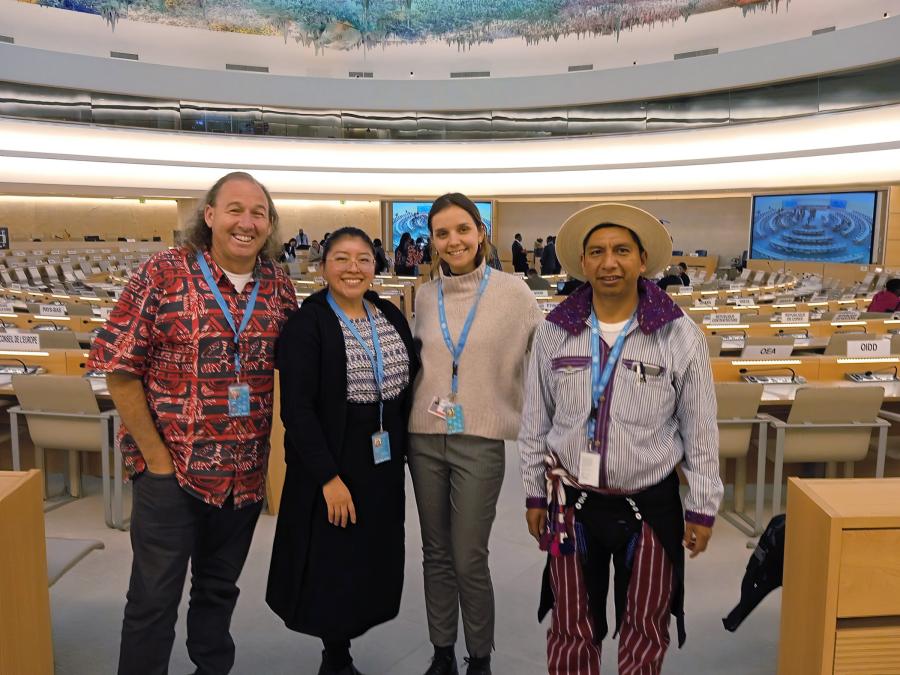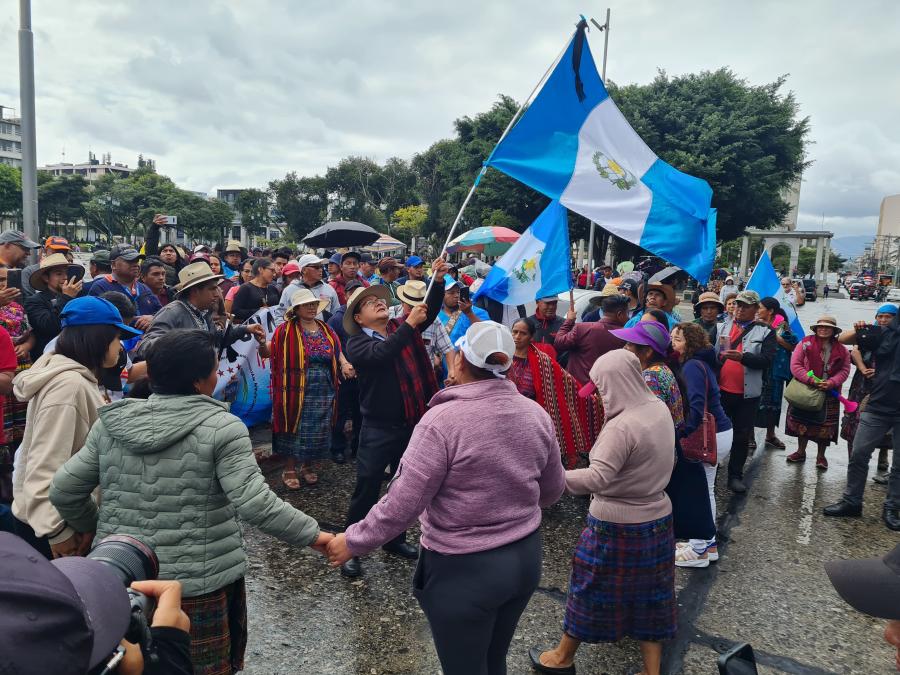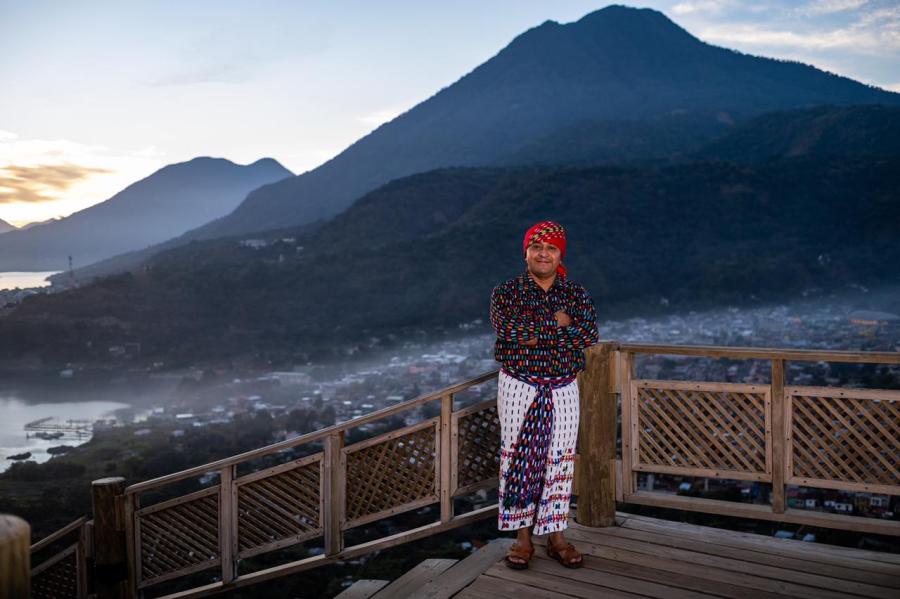Since 1980, it is estimated that 150,000 refugees, most of them Indian, have fled Guatemala to the relative safety of Mexico. Officially, Mexico has had an open policy toward the refugees, but the reality is that Mexico has only recognized 46,000 Guatemalans as "official" refugees, and currently carries out a policy of turning away new arrivals.
In the official camps, most refugees say they fled Guatemala in 1982 at the height of the violence. The army has targeted the Indian population, often massacring whole villages and carrying out a scorched earth policy that left up to one million displaced and, according to recent government statistics, over 100,000 orphans.
Now, four years later, Guatemala has an elected civilian president - Vinicio Cerezo. But during his first year in office he has brought about little reform, and the army remains in control of the government, and entrenched in the countryside.
Few refugees have returned to Guatemala this year, despite the statements by Cerezo that all is well. One reason is the lack of any guarantees for their safety. Another is that Guatemala has given their land to others, leaving homeless and landless.
For the children of refugees (many of them born in Mexico), the flight from Guatemala will have long-term effects. Though it is the parents who weep when they think about the Guatemala they fled, "that place where our umbilical cord is buried," it is the children who are most traumatized by the violence they have witnessed.
Flight to Mexico has meant countless changes in an indigenous way of life which preceded Spanish conquest. Parents fear that their children will lose these traditions and become "Mexicanized."
Displacement has created many difficulties for the refugees, not only by severing the strong tie the Indians have to their land in Guatemala, but because of the insecurity they have experienced within Mexico.
Between 1982-84, the Guatemala army crossed into Mexico over 40 times to attack the refugee camps. In 1984, Mexico responded by resettling refugees in large camps in the hot, coastal state of Campeche. Now with the possibility of repatriation in Guatemala, another phase of displacement could begin. This time the consequences could be even more severe, as the Guatemalan army remains in control of the countryside, and continues to view the refugees with great suspicion.
Education
Education has become a major priority for refugees in Mexico. Each of the border camps has its own schoolhouse and teacher, although the Mexican government provides no help. The refugees explain that education is a high priority because, "We don't want our children to be taken advantage of, like we were. It is important for them to learn Spanish so they can defend themselves."
Health Care
Health care is often minimal in the refugee camps, despite help from private groups, including the Catholic church, in the training of health workers. There are sometimes clinics in the camps operated by the Mexican government, but major health problems remain. There's a lack of food and nutritional intake, due to the sporadic supply of rations and prohibition against refugees renting land to farm. Below normal calorie intake if further drained by parasite problems due to poor sanitation and food storage conditions, and leaves children susceptible to illness.
Orphans
Culture Loss
Most refugees have put away their huipiles (traditional woven blouses) in favor of dressing in Mexican style to avoid harassment by immigration officials. Many have had to sell their traditional clothing to raise money for food, and it is difficult to make new ones due to the expense of materials. Other refugees have stored clothing away, awaiting the hoped-for return to Guatemala. Children are losing the opportunity to learn the patterns and techniques of traditional weaving, while becoming accustomed to polyester clothing. It seems possible that in just one generation these communities of Guatemalans in Mexico will lose their traditional dress - a vital part of their cultural identity.
Article copyright Cultural Survival, Inc.



